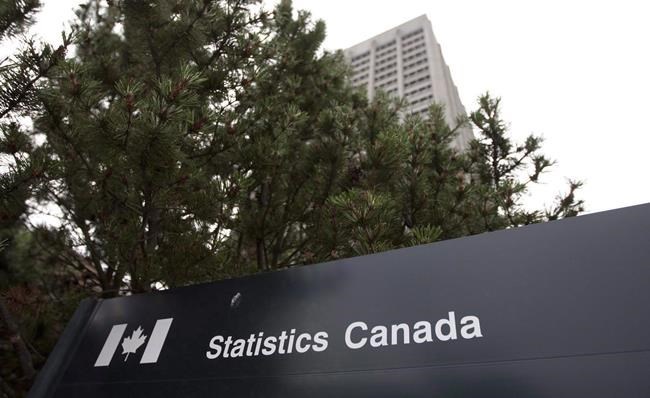OTTAWA — Immigration is almost solely responsible for the largest annual population boom Canada has seen since 1957, new estimates from Statistics Canada show.
The newly released dataestimates showCanada's population grew by more than a million people between from July 2022 to July 2023,which represents an increase of about three per cent.
The population is now estimated to be well over 40 million.
Canada also saw a massive 46 per cent increase in the number of temporary residents in Canada over the same period.Statistics Canada estimates there were 2.2 million "non-permanent" residents in Canada as of July 1, 2023.
"If the rate of population growth seen this past year remained constant in the future, it would lead to the Canadian population doubling in 25 years," the statistics agency said in its report Wednesday.
Immigration Minister Marc Miller said he isn't surprised by the numbers, but they do underscore the need to plan for the arrival of newcomers.
The Liberal government has set record-breaking targets for immigration over the last several years, but doesn't set specific goals or caps for the number of people who come to Canada on temporary visas.
"I think the important aspect that we have to do, and I think it is timely, is make sure that we're actually planning to make sure that we can house people properly, that they have safe labour conditions when they are here," Miller said ahead of question period on Wednesday.
"And in some cases, and it isn't all of them, that there is a pathway to citizenship. But it's about planning and preparation at all levels."
The estimated number of temporary residents in Canada now outnumbers the 1.8 million Indigenous people accounted for in the 2021 census.
Miller and federal Housing Minister Sean Fraser recently raised concerns about the rapidly increasing number of temporary visas issued over the last several years, particularly in the context of the housing crisis.
Much of the focus has been on study visas, including how to house an ever-increasing number of international students and their vulnerability to fraud schemes.
The increase in temporary residents was mostly due to people with work visas, however, rather than international students.
Miller said the number of workers in the country is increasing to meet the demand of a growing labour shortage.
Statistics Canada changed the method used to count temporary residents after a CIBC Capital Markets report said last month that policymakers were likely vastly underestimating the true number of non-permanent residents in Canada.
The Canada Mortgage and Housing Corporation "uses the census data ... to derive its household formation forecast — a forecast that is used widely by planners all over the country," CIBC economist Benjamin Tal said in his Aug. 30 report.
"If your starting point is far too low, your forecast will be far too low, resulting in a suboptimal planning process."
The new Statistics Canada estimate includes family members living with permit holders and accounts for people in the process of renewing their expired visas
Tal called the newly released figures "extraordinary," and said the increase cannot be sustained by the available supply of affordable housing.
In terms of actual numbers, the population growth over the last year is more than double the increase seen in 1957, when the baby boom was at its height and there was a Hungarian refugee crisis.
This report by The Canadian Press was first published Sept. 27, 2023.
Laura Osman, The Canadian Press



